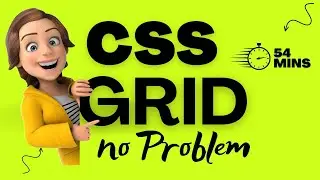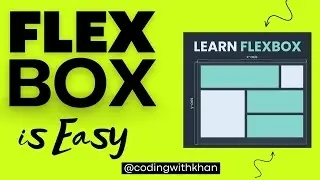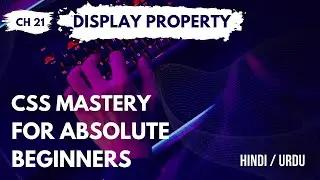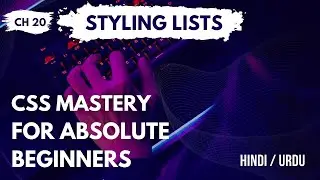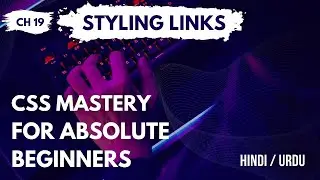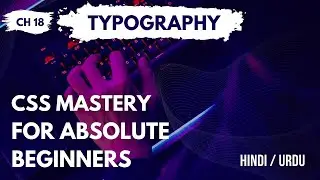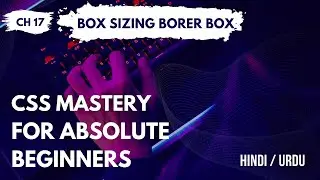The Power of Semantic HTML: Crafting Effective Web Experiences - 2
Connect with me on:
Instagram: / codingwithkhan
Twitter: / codingwithkhan
Check my mentorship for 1 year at: https://www.itskode.com
Welcome to the second part of our series on understanding semantic HTML! In this video, we take a closer look at some essential semantic elements: header, nav, section, aside, article, and footer. Join us as we explore how these elements contribute to the structure, organization, and accessibility of your web pages.
In the beginning, we dive into the header element and its significance in defining introductory content or a container for site branding. Learn how to effectively use this element to provide clear and concise information to your visitors.
Next, we delve into the nav element, which plays a crucial role in creating navigation menus. Discover best practices for designing intuitive and user-friendly navigation systems, ensuring seamless browsing experiences for your audience.
The section element comes next, offering a powerful way to group related content together. Gain insights into structuring your web pages using sections, enhancing both readability and search engine optimization.
We then explore the aside element, which allows you to include tangentially related content alongside the main content of a page. Discover how to effectively utilize this element to provide additional information, context, or related links.
Moving forward, we uncover the importance of the article element in organizing standalone, independent content within your web pages. Learn how to leverage this element to present individual blog posts, news articles, or any self-contained piece of information.
Finally, we discuss the footer element, which provides a designated space for essential information, such as copyright notices, contact details, and navigational links. Gain valuable tips on designing and structuring footers to enhance user experience and provide a polished finishing touch to your web pages.
By the end of this video, you'll have a comprehensive understanding of how to utilize the header, nav, section, aside, article, and footer elements effectively. Elevate your web development skills and create well-structured, accessible, and user-friendly websites that make optimal use of semantic HTML.
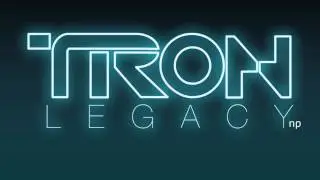

![СТРИМ ПО СТАНДОФФ 2 ЗАЛИТАЙ [Standoff 2]](https://images.mixrolikus.cc/video/tbEip0j-pYs)








